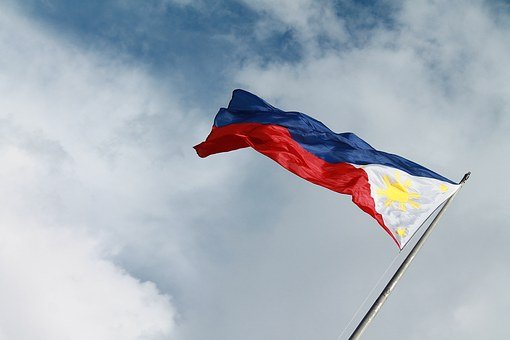Learn Tagalog - Lesson 1 (Basic Greetings)

Hey, Steemers! Welcome to my language series, where we'll be learning Tagalog or, more properly, Filipino.
Before we get started, let's clear a couple things up.
(1) It's not TAG-a-log; it's not pronounced the way you'd pronounce "tag along." The emphasis is on the second syllable.
(2) There are different languages in the Philippines, but Filipino--the national language--is about...let's say 95% Tagalog. It's what all the kids learn in school along with English, and around here, we simply call it Tagalog.
All right. Let's get started. @awesomenyl can be heard in the audio files below for correct pronunciation.
First, let's learn how to ask, "How are you?"
Kumusta ka?
How are you? (informal)
By itself, kumusta means how is/are/was/were. Ka is you (singular). This is the informal way to greet someone, and you can also ask, Kumusta? Without ka, it's still understood as, "How are you?"
Kumusta po kayo?
How are you? (formal)
Tagalog makes use of honorifics, so when talking to someone significantly older, the term po is often used. In our basic greeting, po goes after kumusta, and ka is made plural (kayo).
Ako si Maria.
I'm Maria. (informal)
Ako is I, and si goes in front of personal names. Actually, si is used as a marker for both human and animal names. This is how you say, "I'm Maria."
Ako po si Maria Dela Cruz.
I'm Maria Dela Cruz (formal).
The honorific term po goes after ako here, and your full name is used instead of your first name by itself.
Ikinagagalak kong makilala ka.
I'm delighted to meet you. (informal)
Galak means joy or delight and makilala is to meet. Ko is my and the -ng after it is a linker. Simply, this phrase means, "It's nice to meet you."
Ikinagagalak ko po kayong makilala.
I'm delighted to meet you. (formal)
Here, the honorific po goes after ko, and the linker -ng goes after kayo, which is the plural form of ka (you). Again, this basically means "it's nice to meet you," but it's how you'd say it to someone significantly older.
Welp, that's it for now. Stay tuned for more, and be sure to practice your pronunciation!
Very nice =)
Another great language I should learn to speak!
Thanks. Interestingly, "Filipino" (Tagalog) is a second language to many people in the Philippines. Down in Cebu, for example, people speak Cebuano in everyday life. Up north, people speak Kapampangan, Pangasinense, and Ilokano, just to name a few of the languages that are around here. Where I'm at, it's all Tagalog.
Oh God...is very hard!!! Great idea! (;
Just a little tip guys, " ikinagagalak " is no longer used,not in the last 40 years.Majority of tagalog-speaking Filipinos now usesTag-lish, a combination of Tagalog and English. Before in our Filipino subject in school,root words of the language was being taught but not necessarily used nor applicable in daily conversations.
Good effort @expatlove
@immarojas, good point. I think I've heard it used a couple of times, though...or maybe I was dreaming. Anyway, I should probably do a separate post on Filipino English. For example, my asawa always tells me to "open the light" or "close the light." When I first got here, I was like, "Huh? What?" Now I say it myself. :-)
Lolsss one word means a lot of things. Am living with visaya people, some words are in filipino yet mean different things. Have fun!